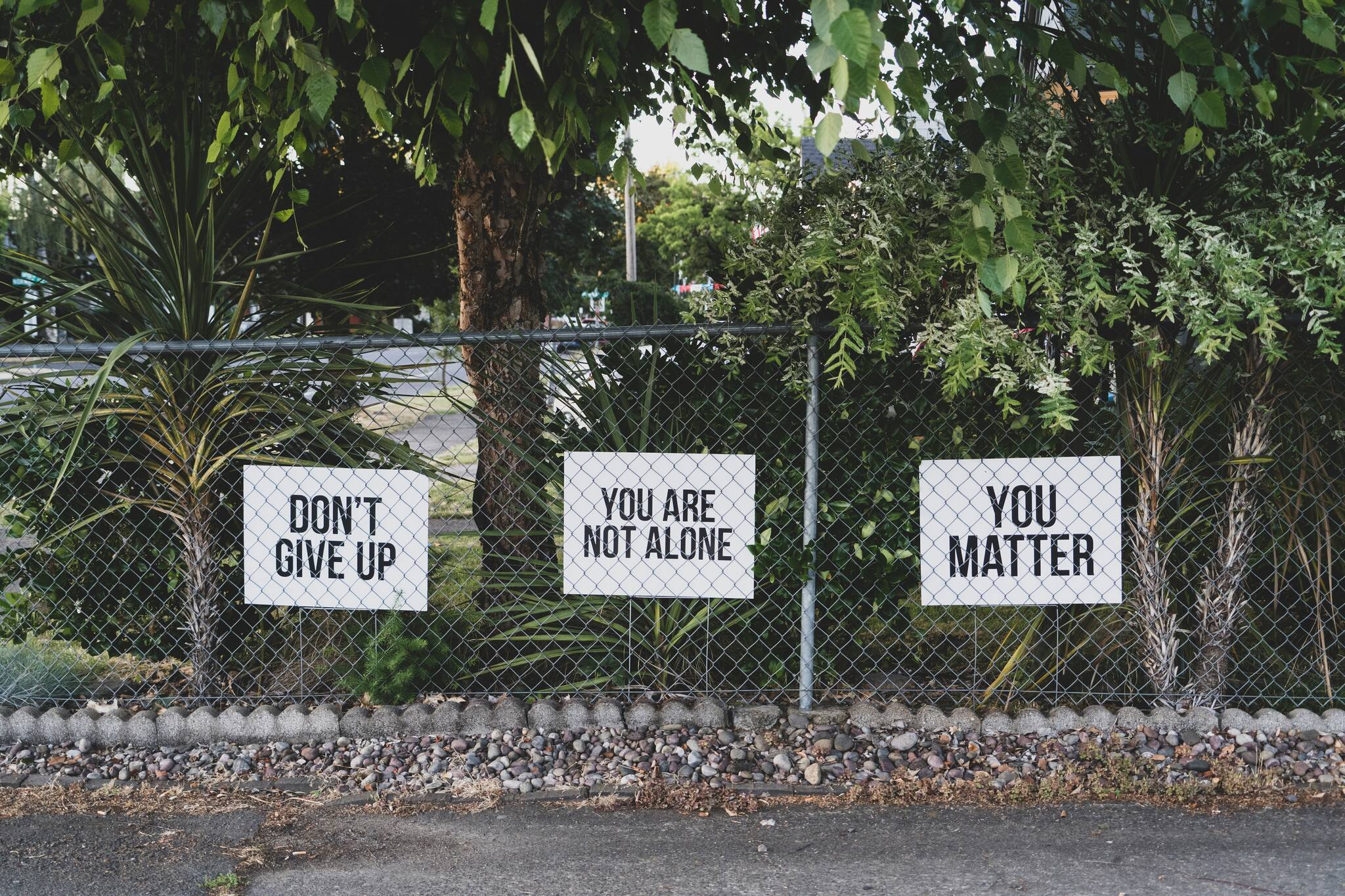Washington state’s simple drug possession law was struck down last year in what is known as the Blake decision. The result has been a drop in drug arrests and clients at treatment centers, empty drug courts and a shift in how society handles addiction.
“My first reaction when I heard the Blake decision was ‘Great, we shouldn’t be putting people in jail for health issues,’” said Richard Uri, a Substance Use Disorder Professional and Behavioral Health Coordinator at San Juan County Health and Community Services, who spoke to the Journal about his own experience.
In February 2021, the Washington State Supreme Court ruled in a 5-4 decision in the State of Washington v. Blake that the state’s law outlawing possession of drugs such as cocaine, methamphetamine and heroin for personal use was unconstitutional. The decision led to the immediate dismissal across the state of pending drug possession charges and the need to vacate or erase prior convictions under the drug statute.
San Juan County Sheriff Ron Krebs said he sympathizes and understands the rationale behind the law change, but also feels law enforcement needs to have some teeth to help addicts.
“Law enforcement isn’t arguing to go back to the way it was before,” Krebs said. “That did not work either. We arrest people, they go to jail, get out and they are right back where they were before. I would like to see the legislature put some teeth back in the law, however, while getting addicts help.”
Without the threat of a felony, Krebs continued, there is no impetus for addicts to work with officers to catch drug dealers.
Washington’s original law stated that it was unlawful for any person to possess a controlled substance. The Blake ruling stated that the law did not take into account the state of mind and intent of the defendant. Washington lawmakers returned to the drawing board, resulting in Bill 5478, which states that small drug possession became a misdemeanor rather than a felony, carrying a maximum sentence of 90 days in jail plus a $1,000 fine. Officers are directed to refer a person to treatment for the first two encounters. On the third contact, the individual is referred to the prosecutor’s office. Prosecutors are also encouraged to divert the person to treatment and or drug courts rather than incarceration. The law also requires law enforcement to have specific training on drug users and directs agencies to create tracking systems to track contacts with drug users and the steps law enforcement has taken to get that individual the treatment they need.
According to a memo by attorney Melanie Dane at a Washington Department of Sheriff and Police Traffic Safety meeting said the confusion surrounding the bill seems to be its biggest issue.
“The lack of funding for [law enforcement officers and courts with limited jurisdiction], with a lack of direction on how to implement the directives in the bill, all while still managing COVID, virtual courts, mandates and illness, has likely frustrated the process,” Dane writes. “Very few cities/counties are tracking diversions, filing cases or referring cases for charges. It is not believed that this is out of disinterest, but rather due to a lack of clarity in the bill; lack of direction on how to implement a novel diversion program; lack of funding for LEO’s CLJ’s, Prosecutors, and Defense for the implementation of diversion and therapeutic courts; lack of training; lack of community resources; lack of social services, and limited scope of the bill and whether it will last past 2023.”
Krebs echoes these thoughts, noting for example without a stronger ability to get individuals treatment, some form of life skills or other resources, addicts simply continue using.
“Without training, help or resources, they are going right back into the life that led them down that road to begin with,” Krebs said. “We had some successful people coming out of drug courts. What if, with successful graduation, we took the money the county would have had to pay for jail time and pay for college?”
Judy Heinemann, Compass Health Director of Skagit, Island and San Juan County Outpatient Service, said education can work for some, but not all.
“We have had some people come to us who have jobs already, others are retired. The biggest motivator is a desire for a better quality of life. That is the key. Finding a better quality of life, and that means something different for every client,” she said.
In order for substantial change, users often need to be fully ripped out of their life patterns.
For Uri, that meant five years in prison, he said. Getting into treatment can be difficult. Even after leaving treatment, housing options can be limited, meaning the person goes right back to living in the same home potentially with drug users. Housing, Heinemann noted, is one of the biggest needs in San Juan County.
“When people have an addiction problem, and then have to worry about having a roof over their head, that is huge. Getting into recovery with basic worries is a big hurdle,” she said.
Said Uri, “It takes a lot to get out of it. Those who do should be commended. I want to create a place where when someone says they are going to treatment, peers commend them and say ‘Yay! How can I help?’”
Creating a community of support, where businesses and family assist the individual in their new journey after treatment or prison is essential.
“There has to be a pathway back to the community, if there isn’t, why would they try?” Uri said.
Look for Part II of this story in the 11/9 edition.




